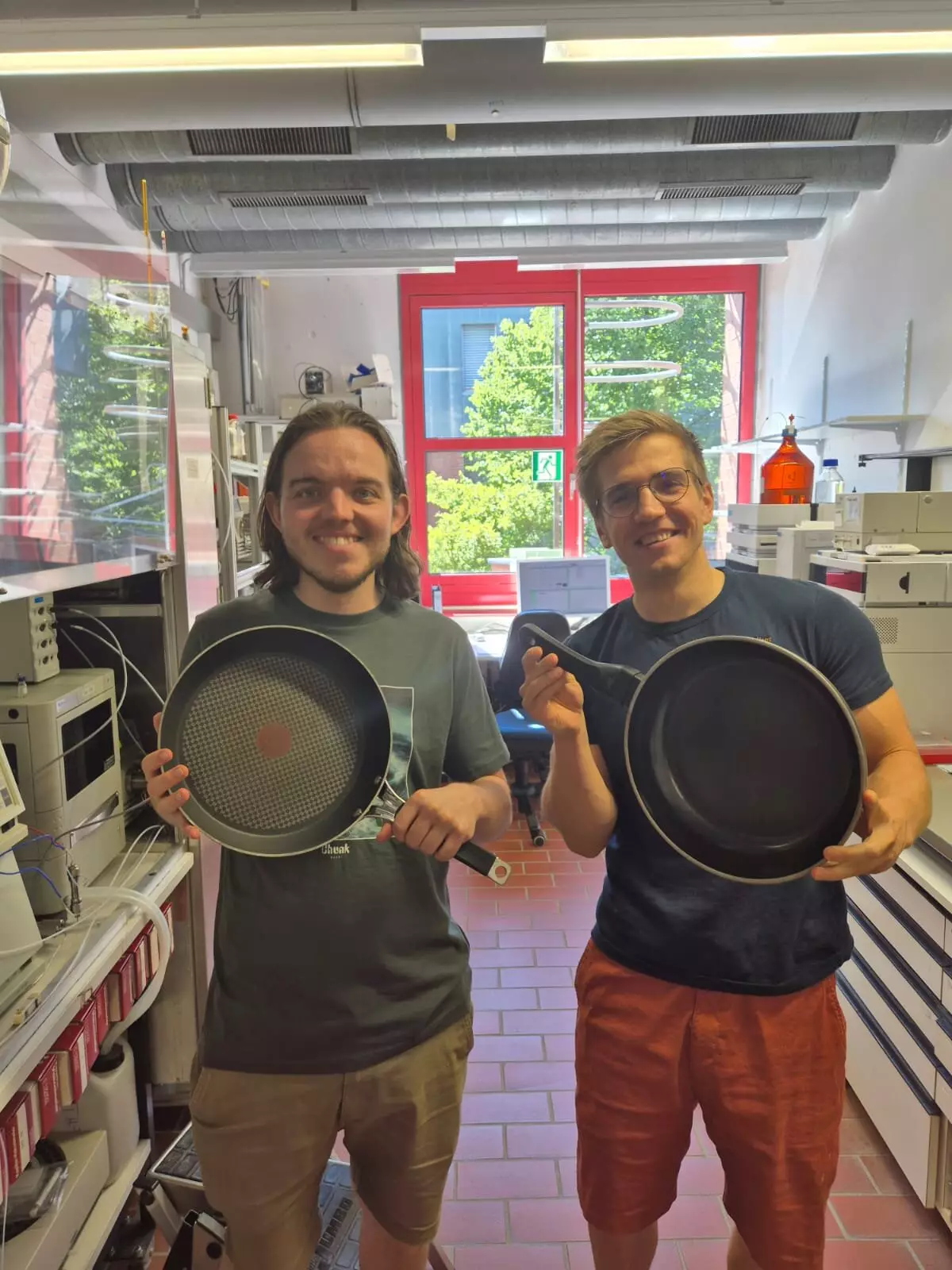Recent advancements from chemists at the University of Bayreuth, in collaboration with researchers from Berlin, have ushered in a paradigm shift in the realm of fluorinated polymers. By engineering a new class of these widely used materials, the research team has demonstrated that they can decompose up to 20 times faster than traditional, non-fluorinated variants. This groundbreaking development is a crucial response to the pressing environmental issues associated with per- and polyfluoroalkyl substances (PFAS), commonly referred to as “forever chemicals,” which have plagued ecosystems and human health for decades.
The Flaws of Conventional Fluoropolymers
Fluorinated polymers are prevalent in modern society due to their extraordinary properties, including water repellency and friction reduction. We encounter them daily in products ranging from non-stick cookware to waterproof clothing. However, their usefulness comes at a heavy price—these materials have a notorious reputation for persisting indefinitely in the environment. The alarming findings of PFAS contamination have been documented in diverse ecosystems, from the depths of the Antarctic ice to the blood of newborns, prompting urgent calls for innovative solutions and sustainable practices.
The Ingenious Role of Ester Bonds
The research spearheaded by Christoph Fornacon-Wood and Prof. Dr. Alex J. Plajer introduces a novel approach by incorporating ester bonds into fluorinated polymers. This innovative modification is pivotal because ester bonds are well-known facilitators of degradation in plastics. While fluorinated polyesters have historically been scarce, this team’s synthesis marks a critical turning point. Remarkably, rather than inhibiting degradation—which is typical for fluorinated substances—this new category appears to accelerate the breakdown process, transforming a longstanding challenge into an opportunity for recovery and recycling.
A Step Towards Circular Economy
What elevates this research above mere academic interest is its implication for a sustainable circular economy in plastics. Currently, the majority of fluorinated products, such as Teflon frying pans, find their way into landfills, contributing to the toxic legacy of ever-persistent chemicals. The new class of polymers is more than a scientific novelty; it represents a feasible path to recovering fluorine for reuse, reducing the dependency on virgin materials. As elucidated by Plajer and Fornacon-Wood, integrating degradation and recycling options into the design of future fluorinated materials must be the norm rather than the exception.
Confronting the Resource Challenge
Looking ahead, this research signals a significant transition in how we approach resource utilization, particularly concerning fluorine. As a finite element, the availability of fluorine might dwindle, resulting in increased scarcity and costs. Therefore, the potential to recover and repurpose fluorine from degraded materials not only curtails environmental pollution but also safeguards an essential resource, ensuring that it remains accessible for future applications. The momentum generated by this research embodies the essence of responsible innovation in chemistry, advocating for solutions that harmonize functionality with environmental stewardship.
In a world increasingly aware of the impact of materials on our planet, this pioneering work positions itself as a beacon of hope, beckoning both industry and academia to drive change towards sustainable practices in material science.

